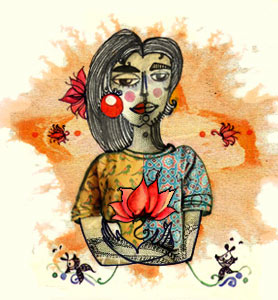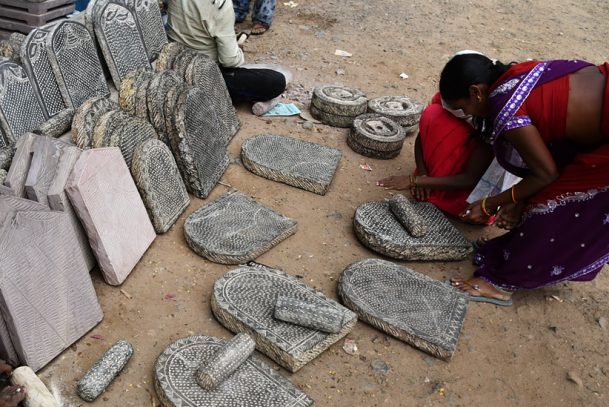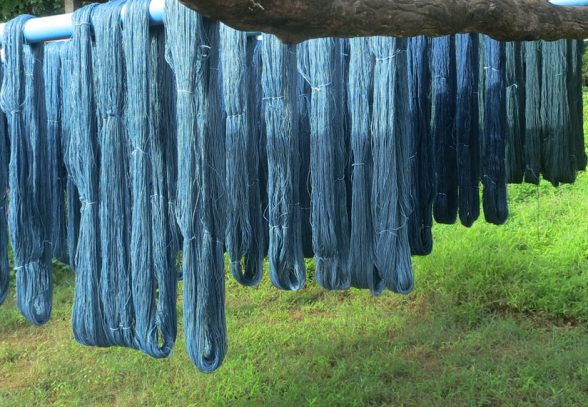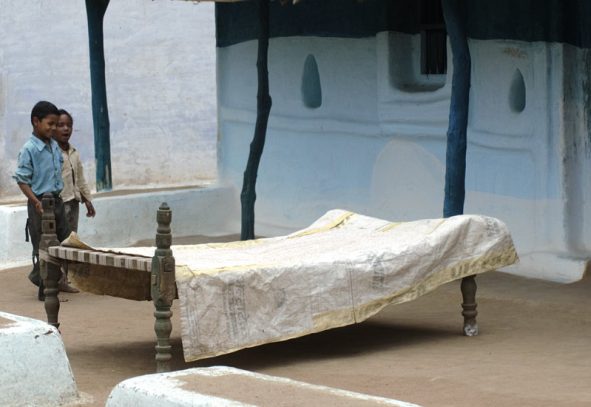Charpai: The Quiet Pulse Beneath Open Skies
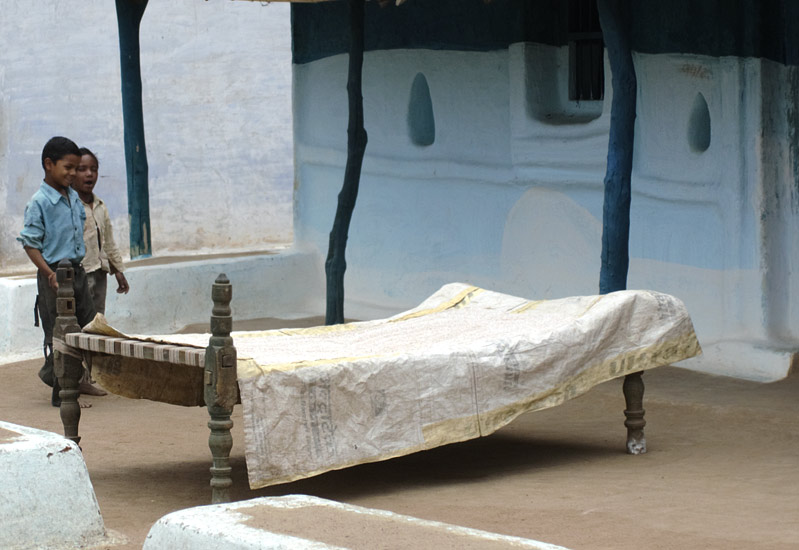
You’ve lain on me, lived on me, laughed on me. But have you ever listened to me?
I am the Charpai.
Or Khatiya.
Or Manji.
Or Khat.
Call me what you will—I have always answered.
I was born of neem wood and rope, woven by hands that knew the song of tradition. My frame still holds the scent of sun-warmed timber, and my threads—once taut and eager—now hum with memory. I am not just four legs and a woven body. I am comfort and confrontation, stillness and story. I have carried the weight of your ancestors, and I cradle the dreams of your children. I am where gossip is born, where lullabies are sung, where secrets are exchanged in the hush of summer evenings.
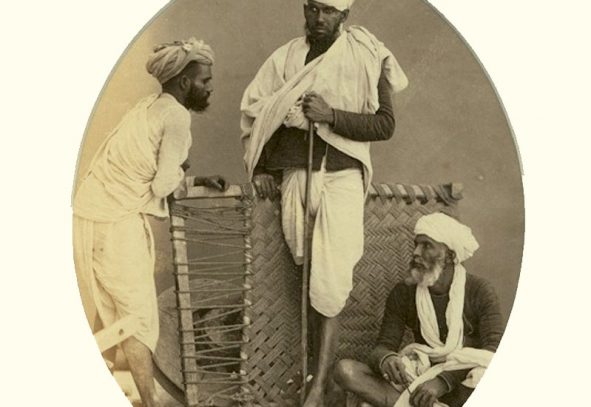
I was placed in the courtyard the day the house was built. The sun had barely risen, casting long golden shadows, when they carried me in with care, almost reverence. I remember the first woman who sat on me—her hands hennaed from a wedding that still lingered in her laughter. Her anklets jingled like distant bells as she settled down, adjusting her dupatta, her eyes glancing shyly at the man who built the house. Children learned to crawl around my legs and later, learned to string words while lying across my back. Their palms pressed into my surface, sticky with mango pulp or ink, and I held them gently.
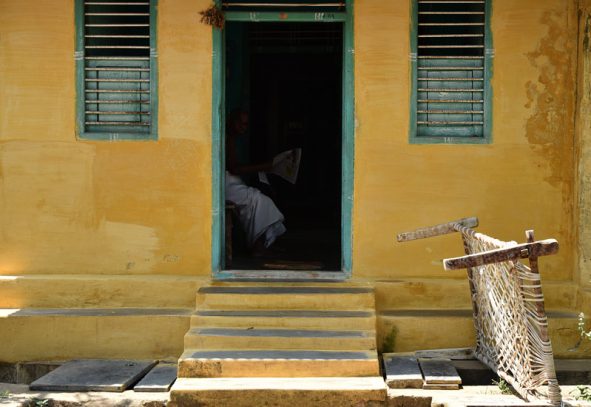
I did not belong to kings alone. Nor was I the burden of the poor. I belonged to everyone. In Punjab, I was the thumping stage for Giddha and Bhangra, my frame rattling with joy. In Tamil households, I bore the brass vessels that women polished while humming under their breath. In Bengal, I was where poetry began—ink-stained fingers tapping my edge as Tagore’s words took flight.
My story begins in the dust-bright courtyards of ancient India, where hands twisted rope with a rhythm older than language. Strung tight beneath banyan shade or beside village wells, I absorbed the murmurs of lovers, widows, wrestlers—a collection of human breath. In winter I crouched near the hearth; when the monsoon arrived I was dragged indoors, my legs wearing a crown of damp earth; and in the fiercest summers, the breeze through my ribs was a salvation no mattress could imitate.
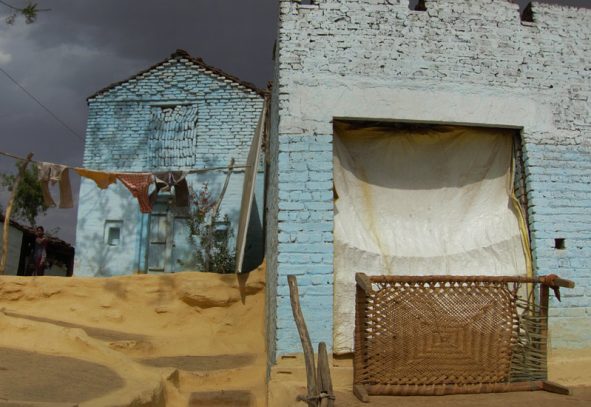
On drowsy afternoons, when even the birds fell silent, bodies sought me out. The ceiling-fan’s low hum mingled with cardamom drifting from the kitchen while dust motes pirouetted in shafts of light. I would creak softly—a sleepy uncle shifting, a child bouncing, a farmer stretching the ache from his shoulders.
When the heat grew unbearable, they carried me beneath the neem tree. Twilight summoned the elders, and they gathered cross-legged on my back, reliving the monsoon of ’72 or the wedding procession that once rattled past the temple in borrowed splendour. They balanced tea glasses on my edge without spilling a drop, tucked jaggery into their cheeks, and let sweetness linger on every story.
Language remembers me, as does laughter. You have spoken of me often—even when you didn’t realize it. Whenever things go haywire and tempers flare, you exclaim, “Khatiya khadi ho gayi!” As if I, your faithful companion, have rebelled. When laziness creeps in, you say, “Khatiya tod raha hai,” blaming me again, as if I tempt you into rest. And when someone passes away, it’s me who carries them for the last time—soft ropes groaning under grief, and no one ever forgets to say, “Uski khatiya utha li gayi.”
Idioms are my shadows. In Bundelkhand, when someone disappears mysteriously, villagers murmur, “Charpai chhup gayi hai kya?” In Rajasthan, when the weight of guilt or fate burns too deep, someone sighs, “Khaat ke pair jalein hain.” And when even I, the humble charpai, deny you shelter, they say, “Charpai ke neeche bhi jagah nahi milti.”
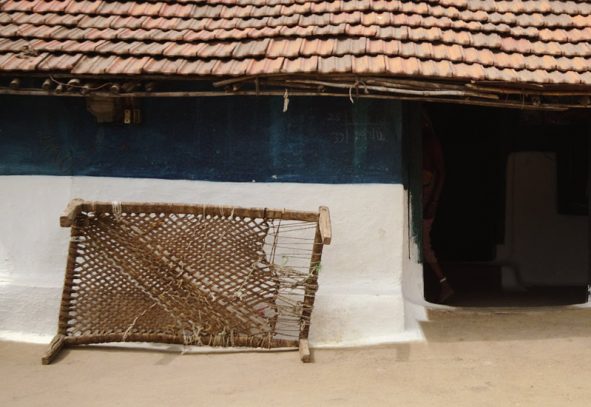
But listen, my favourite stories are not in proverbs alone. They live in people like Phoolmati from a village in Bihar. Her entire life unfolded on my frame. She was born on me, swaddled in cloth scraps while her mother sang songs of Shabari and Sita. She learned to braid her sister’s hair while sitting cross-legged on me. Her first period was celebrated with haldi and sweets, with her shyly seated on me as relatives cheered. She left her father’s house in a doli, but I came with her to her new home. I held her again when childbirth came with pain so sharp she bit into my frame. I heard her lullabies. I felt her tears. I watched her grow old, tell tales to her grandchildren, and finally, I carried her one last time—draped in white, fragrant with marigold.
You may find me romantic, even rustic. But I have been political too. In the dry corridors of power in rural Rajasthan and Chhattisgarh, I’ve hosted more decisions than town halls ever will. Panchayats have convened on my creaking body. Women have whispered dissent on my edge while pretending to knit. Once, in a Dalit hamlet, I watched as a young girl refused to sit on the floor during a village feast. “I will sit on the charpai like them,” she declared. That moment of small rebellion shook centuries. It wasn’t about me. It was about dignity. But I was there.
In Bollywood, I’ve played many roles. In Sholay, I bore the weight of Jai and Veeru’s shenanigans, as they flirted and fought beside me. In Mirch Masala, I lay silently while female rage brewed like chilli powder. In Peepli Live, I wasn’t just furniture—I was the symbol of a village forgotten, exploited, televised, mocked. Even in comic relief, I carried deeper truths.
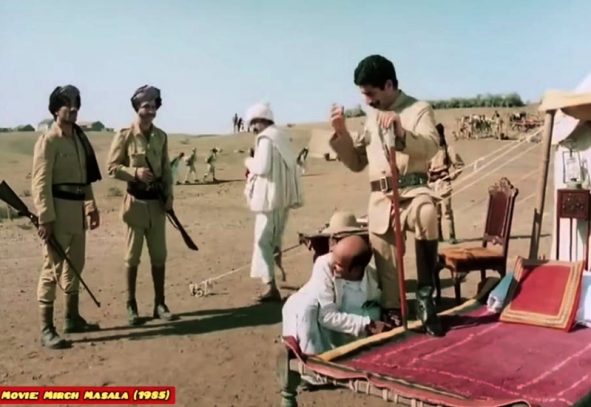
Ghosts too have danced around me. There’s a story whispered in Uttar Pradesh of a charpai left upside-down overnight, inviting a bhootni who knotted its ropes by dawn. Children refuse to step on me at night unless a lamp is lit. Elders tie iron nails to my legs to ward off evil. And when someone dies on me, I am either burned with them or discarded forever, for the weight of death is not easy to un-carry.
But I am not just nostalgic. My making is an art—of hands and heritage. It begins with the carpenter, who must choose the right wood: neem or sheesham, seasoned, sturdy, and fragrant with an earthy essence. Four pieces for legs and four pieces for beams. It begins with the legs. Some are shaped by hand, others on lathes that spin. You’ll see ringed patterns carved into them—some delicate, some bold—each design speaking of its region, its maker. No two are ever quite the same. They don’t talk about it much, but the artisans know how to balance me just right. They measure not just with tools, but with years of watching how weight shifts, how rest settles.
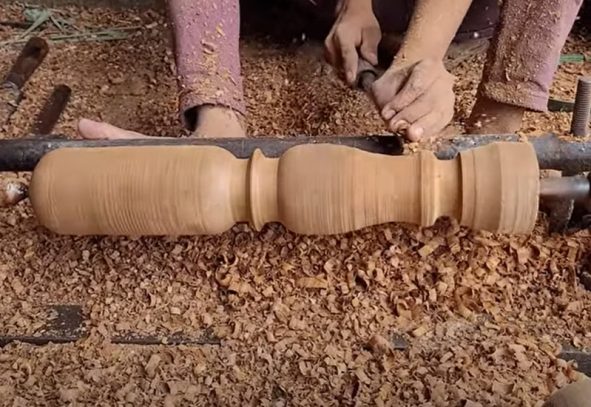
After the legs are born, the real flair begins. In some homes, I wear filigree—tiny carved vines that snake up my legs. In others, I gleam with painted motifs or wear the shimmer of metal plates, like anklets on a dancer. My wooden beams are fitted tightly—no nails, no stubborn joints. Everything about me is made for movement, for being taken apart and put back together again, like life itself.

Now comes the part that breathes life into me—my weave. Rope if you like tradition, nivaad if you prefer a cotton embrace. Natural fibers understand bodies—they stretch, sigh, adjust. At first, people spun the rope by hand, twisting strands like they twisted stories. Later, looms gave birth to nivaad—flat cotton strips rolled tightly like scrolls, often sold by Bohra traders who knew the value of comfort.
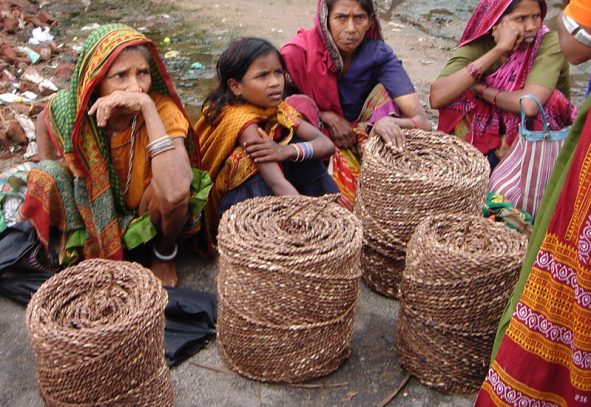
My making isn’t the work of one hand. The suthar, my carpenter, gives me bones. The weaver brings in the nivaad. And then comes the skilled artisan who stretches and interlaces the weave across my frame, knotting it with strength and symmetry. Each region hums its own design into me. Some tight, some ornate, some in bold geometric patterns. And believe me, if you had the time and patience, you could learn to do it too.
In the dry months, families would strip me bare, wash my weave, dry it in the sun, and then retire it with care. It wasn’t just maintenance—it was affection. It was the annual ritual of reminding me, and themselves, that rest must be earned, cleaned, and renewed.

Today, you might see plastic ropes in bright pinks, greens, and blues threading through my old wooden bones. Some lament the change, but I have learned to welcome it. Patterns shift, colours change, but the essence remains.
I’ve seen innovation bloom quietly in the corners of the homes I serve. I’ve worn ropes knotted into chevrons, my legs painted in bright indigo or soft turmeric yellow. In city apartments, I’m a nod to roots—placed on balconies, repurposed into coffee tables, or used in minimalist decor. In the villages, I am more than decor. I am daily life. I am the bed where the newborn is rocked to sleep, the bench where a grieving mother sits in silence, the platform where pickles are laid out to dry and papads turned with care.
In Punjab, they sing to me. In Rajasthan, I wear threads so bright they rival the desert sunset. In Uttar Pradesh, I am part of every dhaba’s welcome, holding up the weary trucker or the travelling family as they break bread. I have crossed borders and boundaries—carried on the backs of trucks, placed in refugee camps where I was the only constant, set up in wedding mandaps where joy found a resting place.
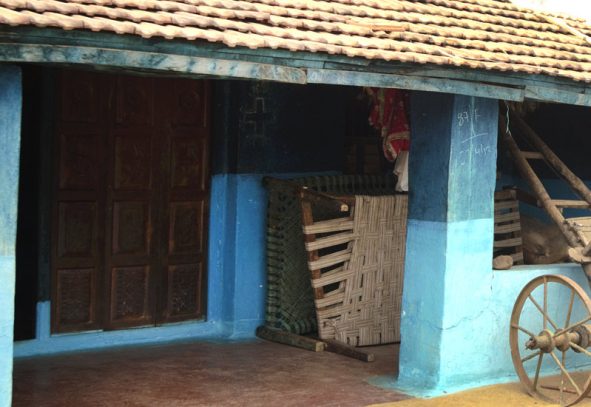
I have witnessed births and deaths, partings and reunions. I have no tongue, yet I know the taste of grief and celebration. No eyes, yet I have seen love bloom in silence. No ears, yet I’ve heard lullabies, prayers, and arguments about whose turn it is to fetch water.
Now, in cities, I exist in fragments. I lie folded behind refrigerators, or dust-covered on balconies. Sometimes, I am rebranded in designer studios with names like ‘Rustic Day Lounger’. In Delhi’s posh homes, people buy me in pastel cane with brass fittings. They don’t know that I once listened to folk songs and childbirth cries. But I don’t mind. I am adaptable.
Yet in dusty courtyards, backyards, and verandahs, I remain the same—resilient, raw, real. There, old men still gather every evening on my body to play cards. Women rest after cooking, exchanging dreams and doubts in silence. Children climb onto me with mango slices and comic books. And the night falls gently, like a mother’s hand.
So come. Sit with me again. Stretch your legs. Let the stories soak into your skin. I may creak a little, but it’s not from age—it’s from memory.
I am the Charpai.
And I have always been here.



